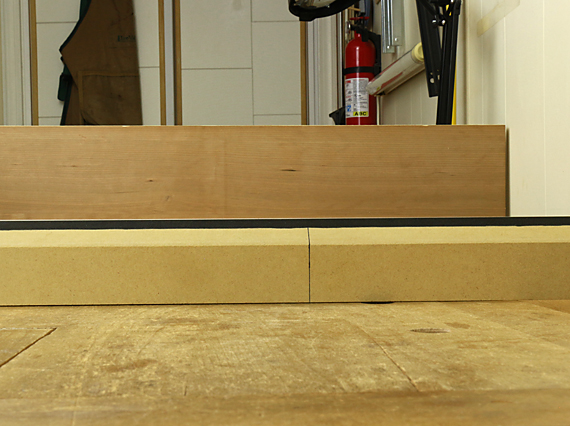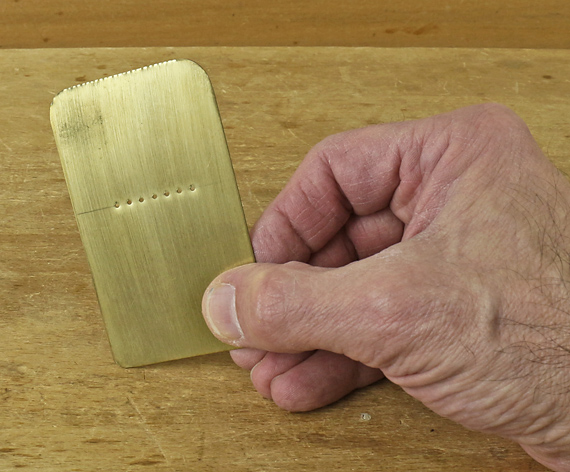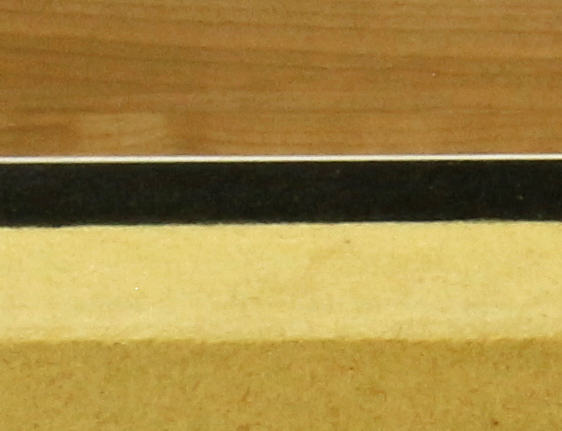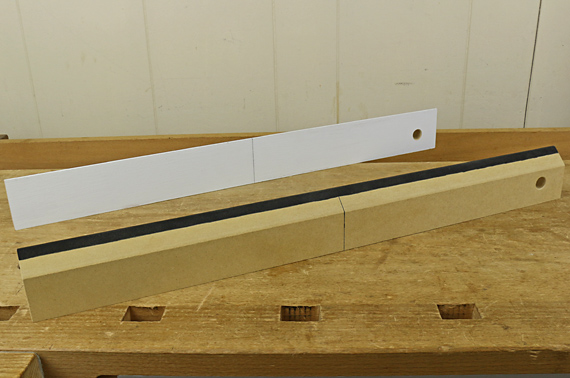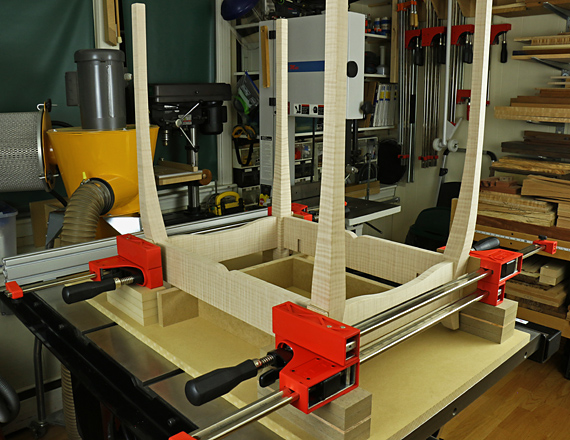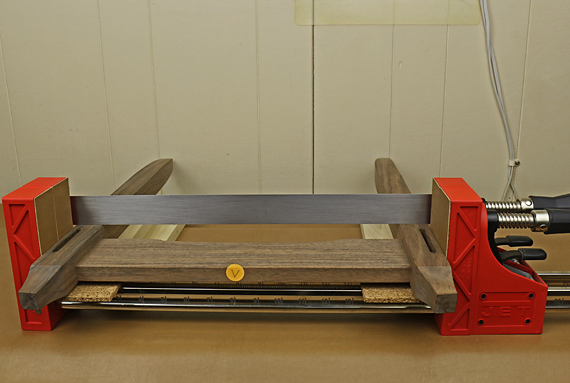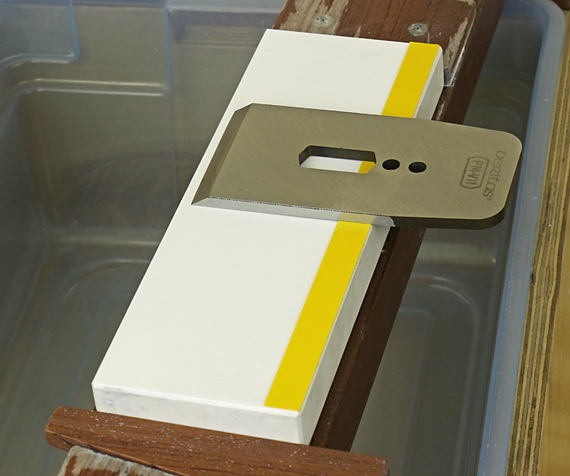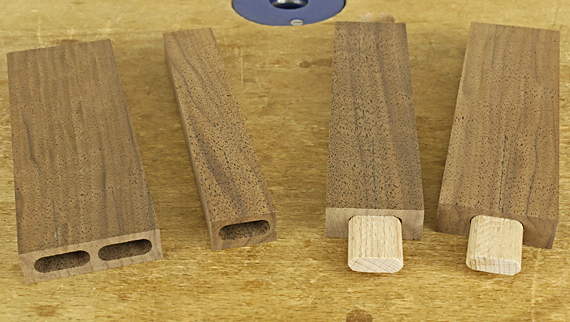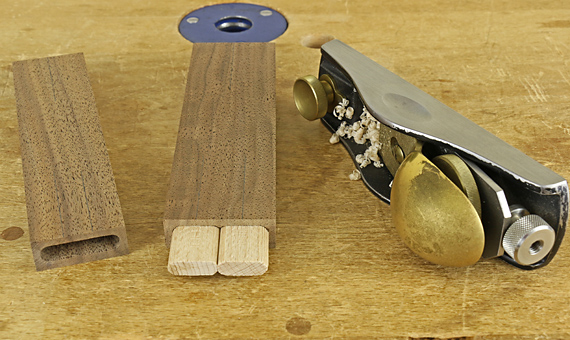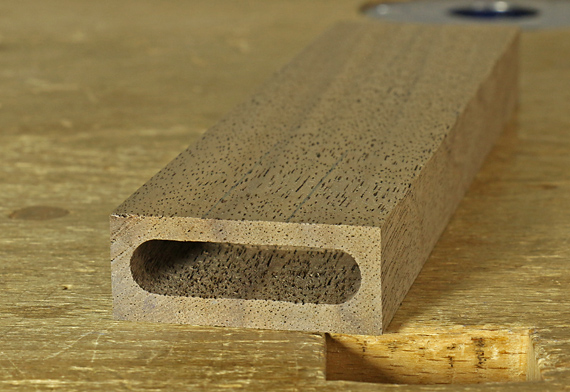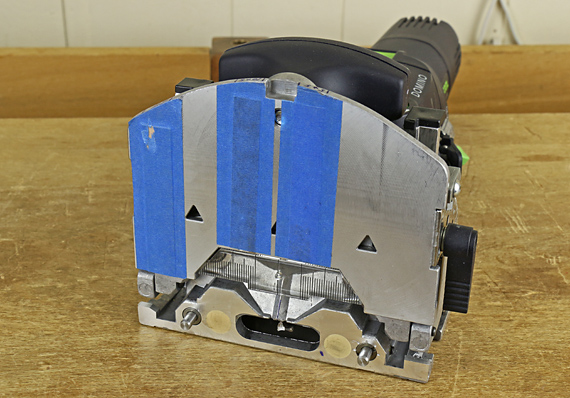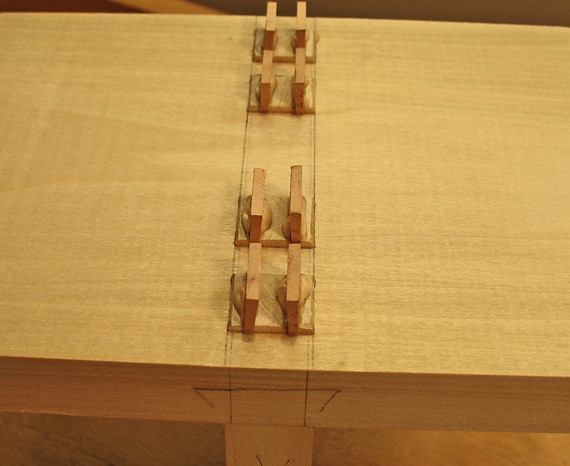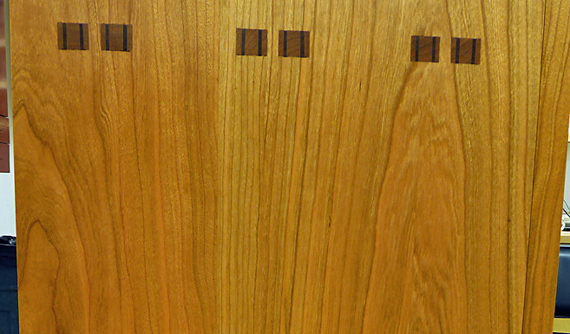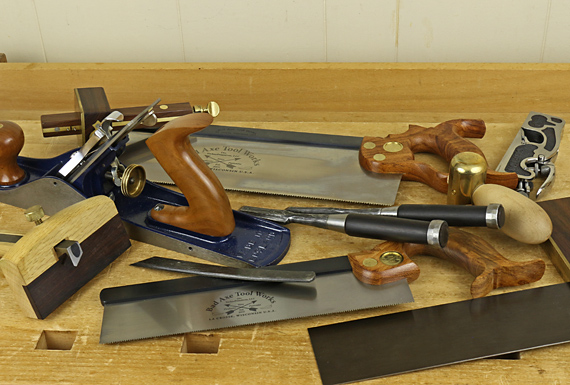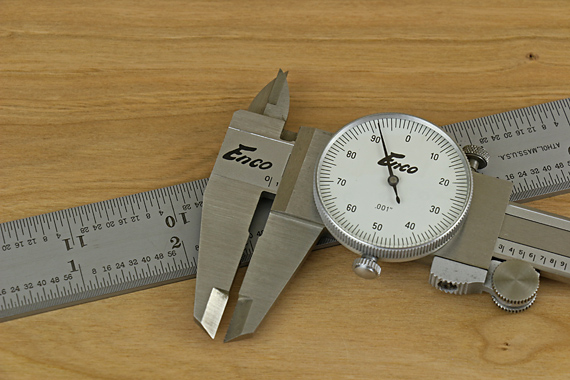
Accuracy of what?
You square the blade to the table saw surface – the setup. Looks perfect; you swear it does. But the workpiece is what matters – the outcome. So you take some test cuts, only to be swearing again, this time in a different way.
What going on? Well, your thinking is right. It is best to work as directly as possible. Assessing the test cuts is closer to the actual goal, which is to make a square edge on a piece of wood so it will fulfill its role in the project. The squareness of the table saw blade is one step removed from that goal.
Another advantage of relying primarily on outcome is that sometimes the error assessment can be magnified. Testing a crosscut for square is an example. The error can be doubled by pairing two cut ends together, or quadrupled by crosscutting around a rectangle.
In theory, a good setup should yield a predictable outcome. As Yogi Berra said, “In theory there is no difference between theory and practice. In practice there is.” Gremlins lurk in the table saw example and in nearly all such matters in the shop. Sometimes decent accuracy can seem impossible to achieve.
The problem is simple (kinda): there are other factors that come into play. You’ve made assumptions. Sometimes these are difficult to measure or account for. For major shop machines and most small power tools, the gremlins can usually be traced to these three key factors:
- Table/surface flatness. There should be no dishing, no bumps, and no twist. Any defects should hopefully be where they do not matter.
- Fence flatness. Fences need to be straight, but also without twist.
- Arbor alignment and runout. The rotating part has to run true.
In the simple table saw example discussed above, perhaps you squared the blade from the left side, but rip cuts performed on the right side are a bit out of square. Check if the table is flat. As another example, imagine the error stacking that can result if jointer tables are twisted and/or bowed.
Looking at that list of three key factors, unfortunately, they are things that you cannot correct easily, if at all. What’s the answer? Buy the best quality tools you can afford, and check them for good bones. That’s where cheap stuff usually falls short. Of course, other factors come into play but without these basics in order, it will be rough going. Do not be distracted by cute features that are added to make tools sell.
There’s one more issue. When trying to produce accuracy based on outcome assessment, it may be difficult to quantify the adjustments needed to alter that outcome. In other words, how much of a change in the setup will result in how much change in outcome? This happens a lot with the bandsaw. Sometimes trial and error is the best you can do. Sometimes it’s best to make the setup as good as you can and just go with that. An example would be making the table saw slot parallel with the blade.
The main points are:
- Recognize the difference between setup accuracy and outcome accuracy.
- Be cognizant of the multiple factors that may affect outcome accuracy.
- Be aware of the common culprits.
Remember too, you’re going for excellence, not perfection.
